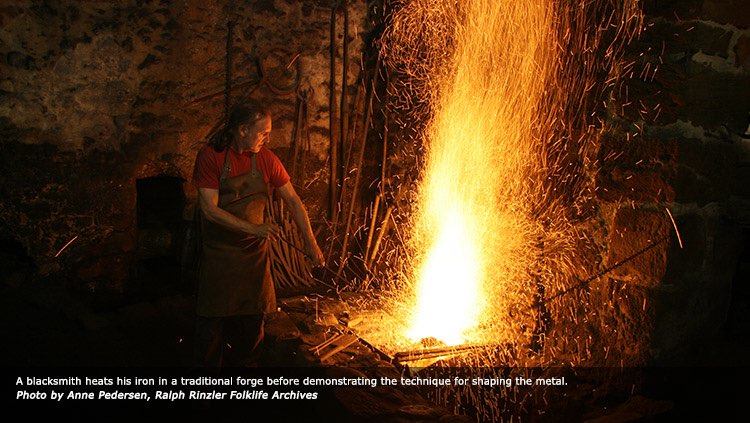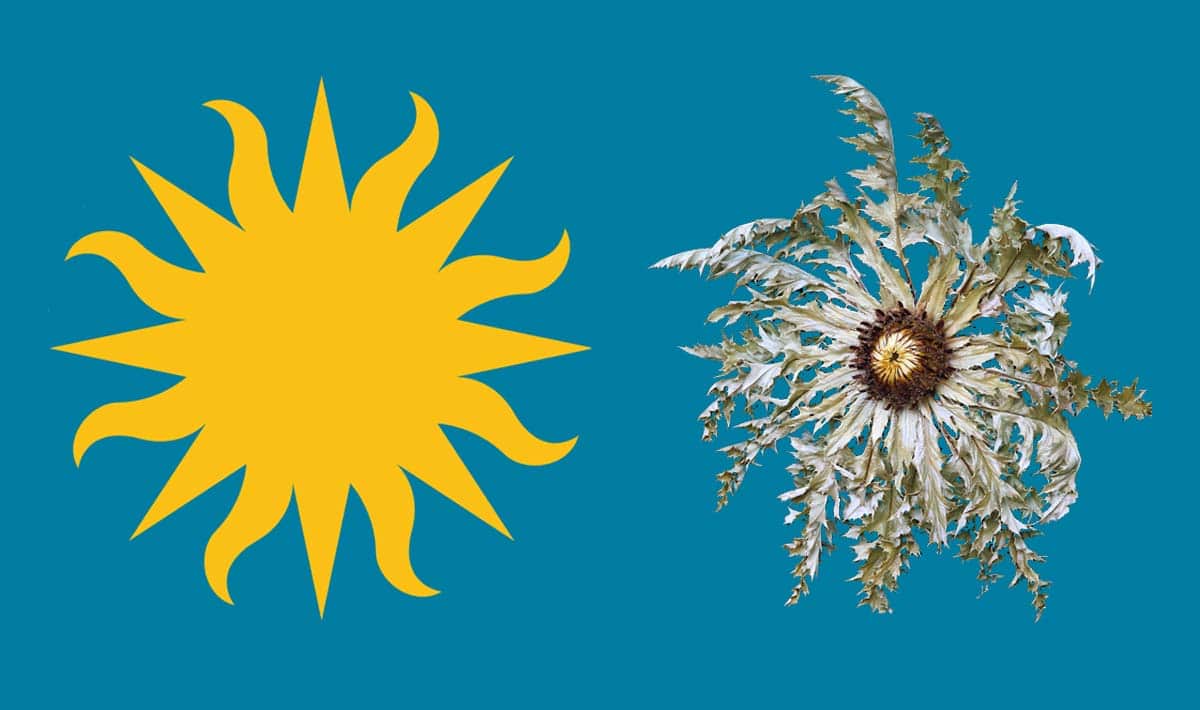This article was translated by Aimar Arizmendi
In June of 2015 we reported the news:
The Smithsonian has just put out a press release announcing the 2016 Smithsonian Folklife Festival. In it they communicate that the Basque People and their Culture have been selected as the principal protagonists (And though not mentioned, they will be the exclusive protagonist).
Today the Washington DC news and events weblog dcist.com published an article by Christina Sturdivant which marks the first coverage we’ve seen of this event in the D.C. local media. We could call this the starting signal for the year round project which will culminate in July of 2016. It’s extremely interesting to learn the reasons that encouraged The Smithsonian to choose to celebrate Basques and Basque culture at this annual event (Which will turn 50 years old in 2017.) and that those reasons are entirely related to The Basques’ capacity for maintaining their culture and roots while simultaneously remaining innovators. That is to say, the capacity of Basques to adapt to change in the world (Sometimes with them as protagonists) without losing connection to their roots was relevant in the selection process.
The fact that this American educational and cultural institution has chosen to invite the Basque Country in 2016 is important in and of itself, independently of the fact that over a million people will visit the festival throughout the end of June and beginning of July (including Independence Day, the 4th of July). We think it is very important simply that an institution of the weight and characteristics of The Smithsonian would choose to highlight Basque culture.
Founded in 1846, The Smithsonian is the largest group of museums and research centers in the world. It includes 19 museums and galleries, the National Zoo, and nine research centers. The Smithsonian employs 6,400 people including 500 scientists and over 5,500 volunteers. In 2014 approximately 28 million people visited the Institution and their websites recorded over 175 million visits. The total number of artifacts, specimens and works of art in The Smithsonian’s collection is estimated at 138 million.
2016 looks to be a very important year for the international projection of Basques. The Donostia-Washington axis presents a unique and brilliant opportunity to propel a realistic image of our country on the global stage.
The difference between one event and the other, between Donostia 2016 and The 2016 Smithsonian Folklife Festival is that the former will be hosted by Basques and the latter has the Basques as guests of honor to the largest cultural event celebrated in the United States and held in the very heart of the country.
This is a doubly historic opportunity for all basques as we mentioned in our initial article on the event. Those from Araba, Bizkaia, Gipuzkoa, Lapurdi, Nafarroa, Xiberoa and all their siblings in the diaspora have a chance to present themselves in front of the world as what they are: a people well rooted in their history and prepared to continue advancing towards the future. A partial or divided representation which doesn’t contain the entirety and significance of Euskal Herria would be a mistake and a missed opportunity. The Country of the Basques can not be broken by borders that don’t fit with the reality of our people.
Finally, we find the similarity of the Smithsonian’s logo, a diagrammatic sun, to one of the most important symbols of the basque tradition, the Eguzkilore, curious. This leads us to believe that from Wednesday the 29th of June to Monday the 4th of July and from Thursday the 7th until Sunday the 10th of July, that sun will turn into our “sunflower” and will protect the event, just as it has protected the households of our ancestors from all evil for thousands of years.
The website dcist.com has published this article which we include here. But we also want to include references to Smithsonian Festival’s own website where they explain their reasoning for choosing Basque as the highlighted culture and where Anne Sandager Pederson, member of the Folklife team, talks about her experiences in the The Country of the Basques. We also invite readers to take a look at the coverage we’ve given to The Smithsonian on our blog (Which is not insignificant.)
dcist.com – 6/1/2016 – USA
Smithsonian Folklife Festival Will Turn The National Mall Into Basque Country

Like last year, the Smithsonian Folklife Festival will be located on a smaller part of the National Mall’s grounds, and it will be focused on one community. But despite fears about the beloved festival’s future, organizers say this year’s event will be as vibrant as ever. One of the District’s most highly-anticipated cultural festivals, Folklife will be back this summer with an exploration of Basque Country, a region whose roots are planted in northern Spain and southwestern France.
(Continue) (Automatic Translation)
——————————
Smithsonian Folklife festival – 2015 – USA
BASQUE. Innovation by Culture

The Basque Country is a region that spans borders. Located in northern Spain and southwestern France, straddling the Pyrenees Mountains, its spirit can be felt on the sheep-grazed mountains of Idaho, in fishing communities from Scotland to Newfoundland, and in towns across Mexico and Argentina.
(Continue) (Automatic Translation)
——————————
Smithsonian Folklife festival – 20/11/2015 – USA
Fieldwork Experiences: Preparing for the Festival in Basque Country
This month I returned from a fieldwork trip to Basque Country with co-curator Mary Linn to prepare for the 2016 Folklife Festival, and my head is filled with new knowledge and experiences of what it means to be Basque. However, I also gained insight to how we conduct fieldwork and how we explain our work to people who have never experienced the Festival.
(Continue) (Automatic Translation)
Last Updated on Dec 20, 2020 by About Basque Country





























